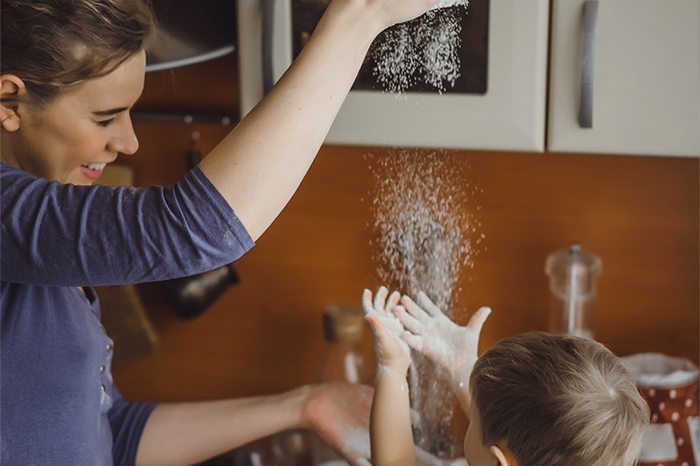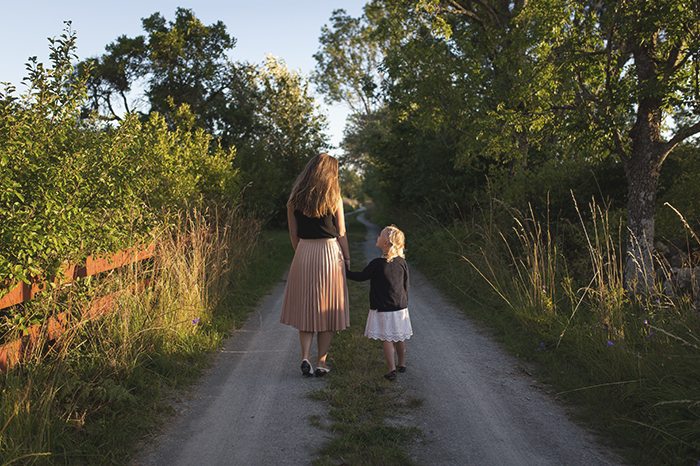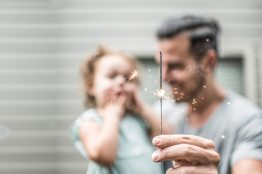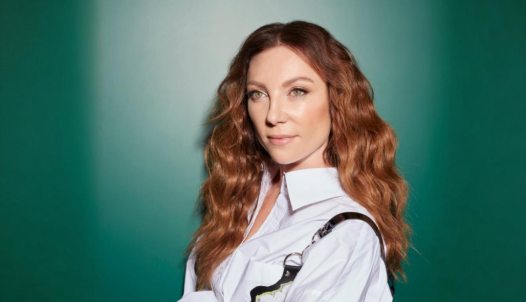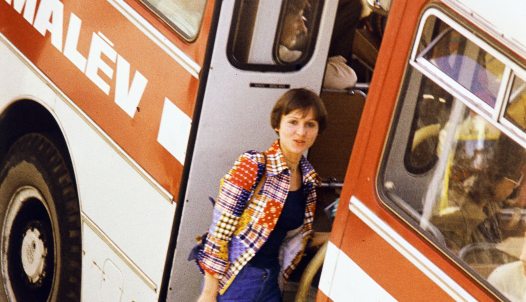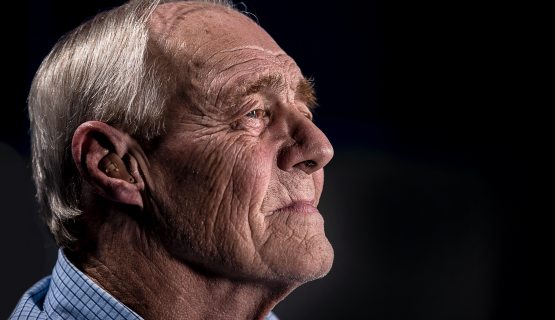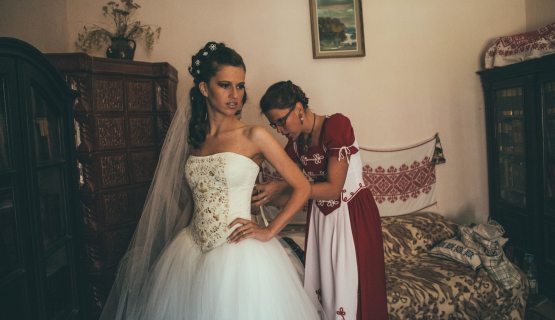The mother wound derives from an absence of love and it is difficult to heal
The mother wound derives from an absence of maternal, unconditional love. Emotionally speaking, this is the biggest psychological trauma that a child can go through, and it lasts for a lifetime. It is as old as humanity itself. It can be cured by loving people and skilled specialists. We spoke with Dr. Noémi Császár-Nagy, clinical and mental health consultant psychologist and psychotherapist, about the depths of the soul.
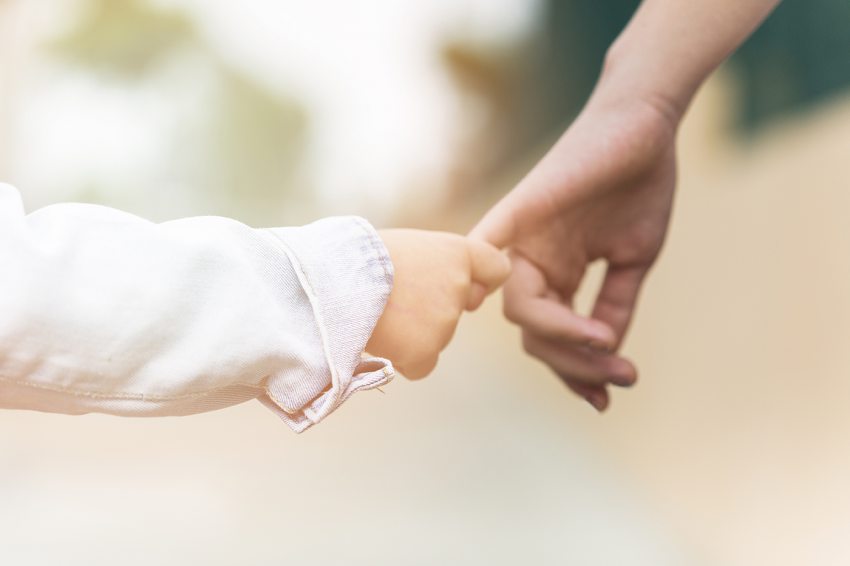
Speaking about the father wound, you said that it is a “serious life-skill, life-sense and identity problem” caused by men suffering from a loss of “their male strength, their connection with their father and grandfather.” How does mother wound develop and what causes it?
“Mother wound also derives from absence: an absence of maternal, unconditional love for the child’s existence in itself.
“It can also grow out of not having a mother and nobody replaces her, or that her love is unpredictable, her behaviour is erratic, or that her acknowledgment is inaccessible, or she is perhaps aggressive, abusive or neglectful.
“In the best case, we all recognize, in the mother’s embrace and from breastfeeding, what kind of world awaits us ‘out there’. What maternal care gives is life itself, which, depending on the experiences of early relationships, can be perceived as safety, lovingly receiving, a good place where we can be loved for ourselves.
“Unconditional maternal love provides a fundamental feeling lasting for a lifetime: the experience of existence worthy of love and dignity and trust that goes back to the earliest times.
“The tiny being developing out of symbiosis sees itself in the mirror of his/her mother’s eye as a person worthy of love, and as a consequence this way he/she will be able to accept and love him/herself later on. The mother reflects whatever he/she should be and the relationship programme and pattern of the secure, or insecure, ambivalent, anxious connection grows out of the reciprocity of attachment. And this in turn grows into adulthood together with us, where we can then attach to our partner according to the early pattern. There is huge responsibility about what sort of pattern is instilled in the child.
“This means the mother wound is the biggest thing that a maturing person, that is a child, can be impacted by emotionally.
“Even serious physical disorders are tolerable in the presence of a loving mother. But nothing works, whether physical or emotional, with an unreachable or non-existent, unpredictable or abusive mother. The world becomes a frigid, wartime battlefield. For this reason, there is no physical-mental disorder in the psychosomatic context of which we would not experience dysfunction with the mother to some extent.”
Is there a difference between the mother wound of girls and boys?
“The formation of gender identity is affected in some way in both biological sexes. If a girl does not have a maternal role model, or this is not acceptable to the child, then there will be dysfunction in identification and pattern imprinting: then she will not know, or will know incorrectly, how to establish a natural loving relationship with a man and function as a woman.
“If a boy does not have a maternal role model, he will grow into a man lacking in self-confidence, he will not know what a woman expects of a man and how to meet the woman’s needs. Frequently he does not dare to love with abandon because he is full of inhibitions. If he tries to follow the macho, pseudo-male role, that similarly won’t bring success, extremes result in flight and fear of the world of women. Men who are uncertain in the ability and extent of the expression of love are either infantile or they are longing for love while in the guise of violent decisiveness, but they are love-illiterate.”
While the father wound and the mother wound frequently result in aggression in men, the consequence in women is the feeling of ‘I’m not good enough’, inferiority and shouldering of the victim role. How does this mental (and social) process happen?
“The mother wound mostly disturbs or incapacitates the natural process of receiving and giving love and emotions.
“If there is no true mother, then the influence of the fantasy and the seen-heard, idealized mother phantoms determine the relationship of boys and girls to the opposite gender and to people.
“A mother wound can also make a man desperately vulnerable because of an unquenchable and dissatisfied desire for love. He can seek what he lost in every woman, idealizing, deifying the ‘Madonna’, but having an attitude to the flesh-and-blood woman as a helpless man or a violent subjugator. So as an outcome of mother wound, heavenly and earthly love in men become separated: the saint cannot be made profane, only rejected by being taken off the pedestal, or overrun with instinctive power. This emotional cleavage can lead to sexuality with despised, promiscuous women, but also to sexual behavioural disorders with the ‘saint’.
“The mother wound can force a woman into an ‘eternal orphan’ state of mind that may lead to anxiety prepared to seek love at any cost. She can be inconstant in relationships because of the continuity of searching, the insatiable hunger for love. In the interest of being loved by a man, she is prepared to surrender herself and give him everything he wants. It can happen that she also views her own being as a woman merely as a role accessory. As to how severe this condition is depends largely on the depth of the mother wound: the absence or inadequate presence of a mother suggests the consequences of the loss.”
The presence of a grandfather can heal father wound. Is the role of grandmothers the same for mother wound?
“The significance of grandparents is great indeed, they are the core pattern of unconditional acceptance and love. A benevolent grandmother represents an eternal ‘emotional nest’ and security for both sexes. In the early stages, mother wound can be significantly healed by a surrogate individual capable of giving love, including a grandmother. In himself, a grandfather is less therapeutic, but as grandparents they can be extremely significant for both boys and girls.”
How can mother wound be healed?
“Above all else, prevention is the best cure. Raising awareness, educating and preparing the expectant mother so that she understands the enormous significance of her role and the dangers of a never-healing wound that will develop with her absence. The mother is the primary source of love, she loves, nurtures, cares for, protects, she is the repository of physical ‘joys’.
“The person who has already been injured must be ‘re-educated’ in a unique, personalized way, providing emotional security and stable love, in which he/she can be assured that his/her existence is important and worth loving.
“All love is good. All love heals. It gives strength, support and security. I have heard of women’s communities organizing on church foundations that also serve as self-help spiritual groups. At the same time, each fate has its own particular story. Individual life stories require individual attention and help. Frequently, professional expertise is needed if someone is suffering from a deep mother wound.”
Whereas we require medical attention for our bodies, we must place our mental disorders in skilled hands!
Is mother wound related to experiencing gender identity?
“Mother wound is as old as humanity itself. In earlier times it also happened that the family lost their mother, for example, she died in childbirth or from disease. There were also cases where she had to give up her child because it was born out of wedlock or because she was unable to raise it. These all cause and caused mother wound. Even today there are reasons for mothers to place their newborns into state care. The loss of a mother is a lifelong emotional trauma that does not heal spontaneously: it has to be treated. It can be cured by a good relative, surrogate mother, foster mother or older sister.
There are several reasons for social gender identity disorders, of which the mother wound is only one.
“The life of relationships and attachments is definitely injured in the case of a mother wound, but this does not necessarily lead to the rejection or neutralization of the biological sex. It can, however, result in extreme sexual behaviour, an insatiable life of relationships unable to form bonds.
“Divergences in sexual preference are not diseases although they rarely go together with a happy life that is also socially balanced. The majority of my homosexual patients suffer from their attachment problems, promiscuous desires and an absence of a long-term partner. Transgenders are not dissatisfied with their gender due to their sexual desires. Quite frequently they don’t even desire to have a partner, they only feel that their personality is in the wrong body. And this is such a powerful experience that defines all senses of life that can be clearly reinforced by psychological examinations, so in their case the demand for gender transition may be justified.
“What is often called metrosexuality today is a collective term, not a diagnosis. There is in it an age and a phenomenon. An age in which the full family, the presence of the father and mother in socialization, the cohesive and retaining power of small communities are rare, whereas traumas, emotional neglect, the absence of a psychological culture, the siren song of consumer society (buy, eat, spend…) are common.”
Metrosexuality is a neologism deriving from metropolitan and heterosexual to characterize a lifestyle followed by men living mainly alone in large cities: they spend a lot on cosmetics, grooming, fashion, and a great deal of time on their appearance. – Editor
Where do we stand with this in Hungary?
“There are the same disorders in Hungary as in Europe and in the world but it is difficult to get treatment because of the low level of, and lack of access to, psychological culture. Private therapy is expensive, provision financed by the National Health Insurance Fund (OEP) is minimal. Psychotherapy is ‘credited’ at such a low level in the state funding system that it is ‘not worthwhile’ for outpatient clinics and hospitals to employ a psychologist. For the past several decades we have been lobbying succeeding governments to have this practice changed.
“Unfortunately, we are at the vanguard as concerns indicators for depression, fatal diseases associated with psychosomatic disorders (for example, cardiovascular diseases and cancer), alcoholism and suicide, all of which stand in close correlation to mother and father wounds as well as gender identity and relationship disorders. If today, not only the approximately 300 out of the 15,000 psychologists ready for work provided health insurance-based psychotherapy, and others didn’t quit the profession, then the situation could be greatly improved.”
